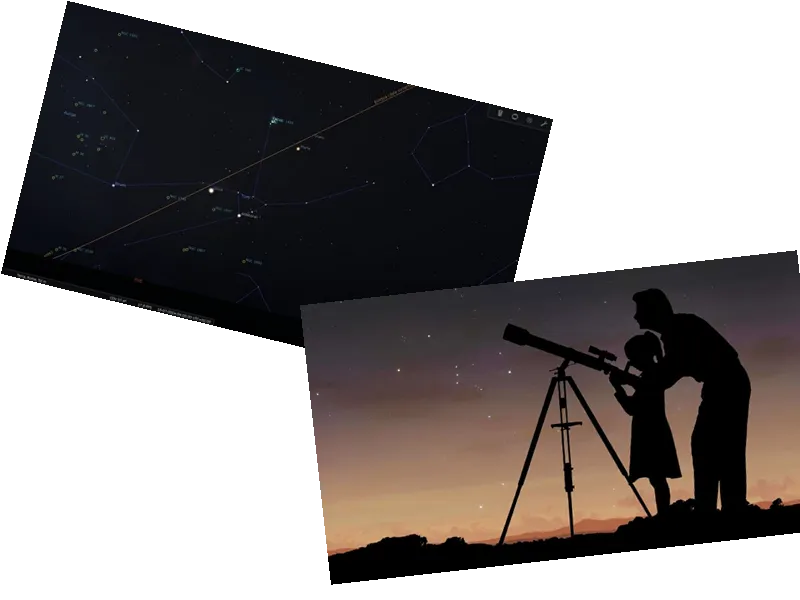July's Astronomical Highlights: Mars, Jupiter, and More
July offers a spectacular array of astronomical events for stargazers. One of the most exciting events this month is the formation of a suggestive triangle in the night sky, featuring Mars, Jupiter, and Aldebaran—the brightest star in the constellation of Taurus. This celestial arrangement will be further illuminated by the Pleiades cluster, visible to the naked eye. According to the Union of Italian Amateur Astronomers (UAI), another prominent triangle in the summer sky is the 'Summer Triangle,' formed by the stars Vega, Altair, and Deneb from different constellations.
Saturn Steals the Show
Saturn is the longest visible planet this month, rising first among those observable to the naked eye in the hours before dawn. The planet is positioned high in the southeast sky around 3:30 a.m., making it a highlight for observers. Uwe Pilz from the Association of Star Friends notes that Saturn's rings are approaching an 'edge position,' making them appear narrower. This phenomenon will continue into 2024, and by spring, the rings may become invisible.
Mars also has a notable presence this month, crossing the 'Golden Gate of the Ecliptic,' an imaginary line between the star clusters Pleiades and Hyades in the constellation Taurus. The red planet will rise earlier each day, approaching Jupiter but not reaching it until mid-August. Jupiter, on the other hand, will become slightly brighter and rise earlier throughout July, making for spectacular morning sky observations, especially on July 3 and 31 when the waning Moon will be nearby.
The month also brings opportunities to observe elusive planets like Mercury in the evening and Pluto, which will be at its minimum distance from Earth, just over 5 billion kilometers away. The Earth will reach aphelion on July 6, its maximum distance from the Sun, at nearly 153 million kilometers.
Shooting Stars and the Milky Way
From mid-July, stargazers can also enjoy the sight of shooting stars. The Delta Aquariids will peak on July 30, offering around 20 to 25 meteors per hour under perfect conditions. The first Perseids will also start appearing, although their peak won't occur until August. Additionally, the Milky Way will be prominently visible, stretching across the sky like a milky ribbon. The constellations Sagittarius and Capricorn will be found deep in the southeast in the evening, with the center of our Milky Way located in Sagittarius.
- On July 31st, an impressive quadruple encounter will occur in the night sky, visible even to the naked eye. Mars and Jupiter will be seen near Aldebaran, and the waning Moon will join this celestial gathering. This event will be best viewed in the early morning, just after 2 a.m., when Aldebaran rises in the northeast.
- The constellation Cassiopeia, also known as the 'celestial W,' will climb higher in the sky as the Big Dipper slowly descends. The summer triangle, consisting of Deneb, Vega, and Altair, will be clearly visible, while the spring triangle will only be partially visible due to the onset of the astronomical summer on June 20th.



